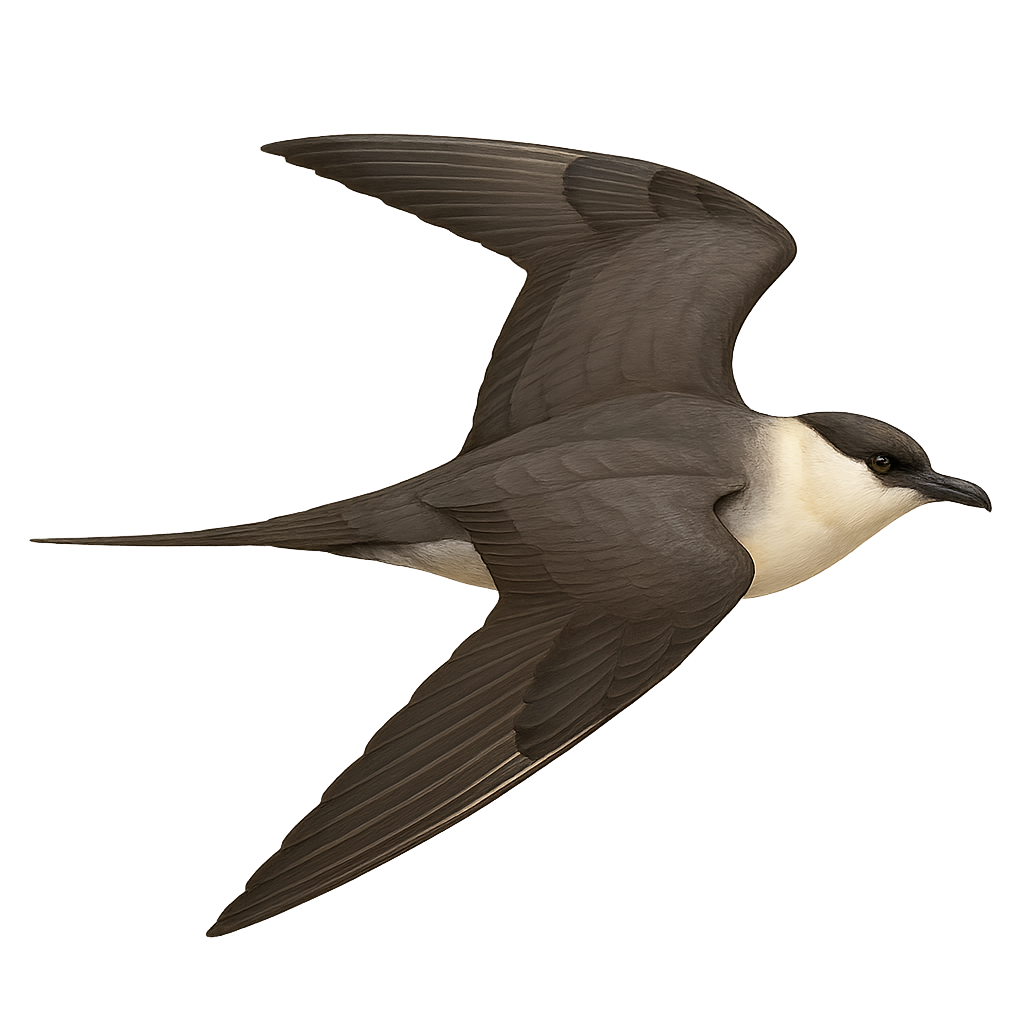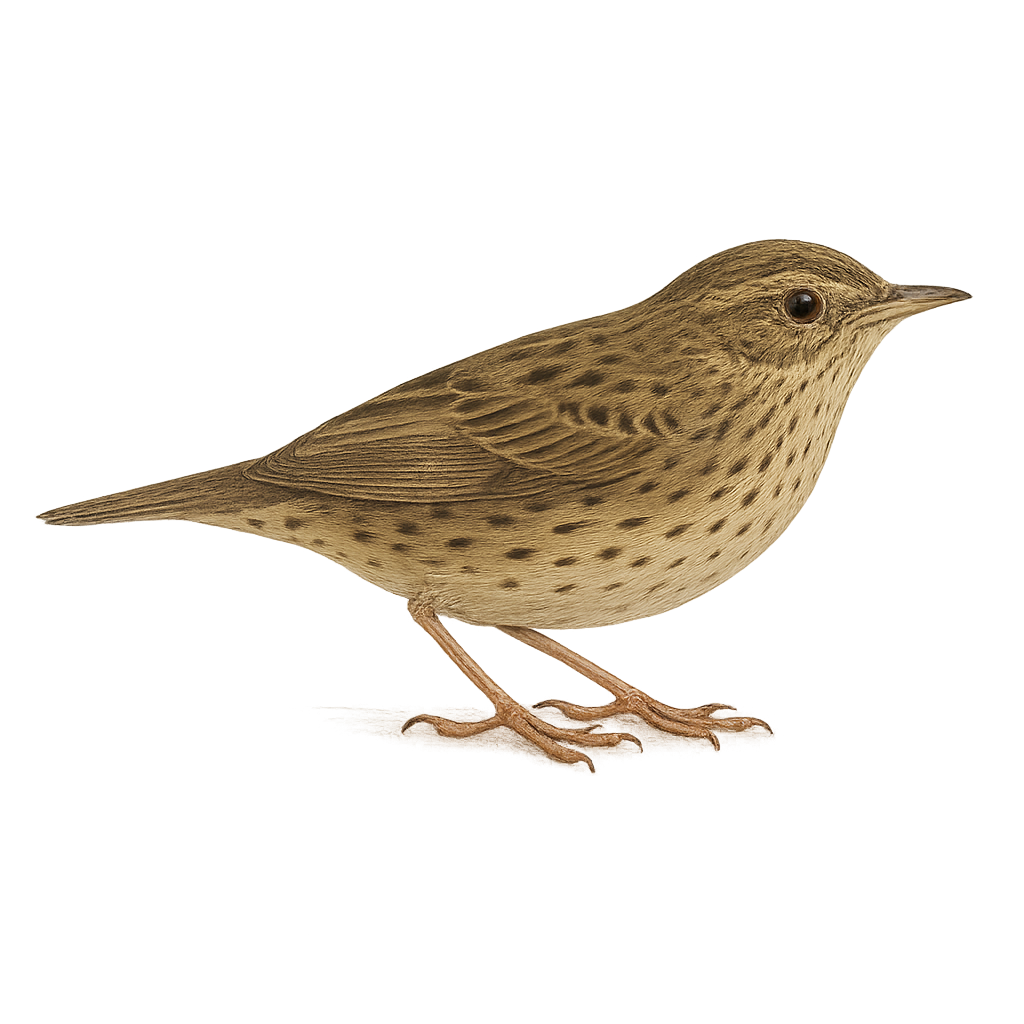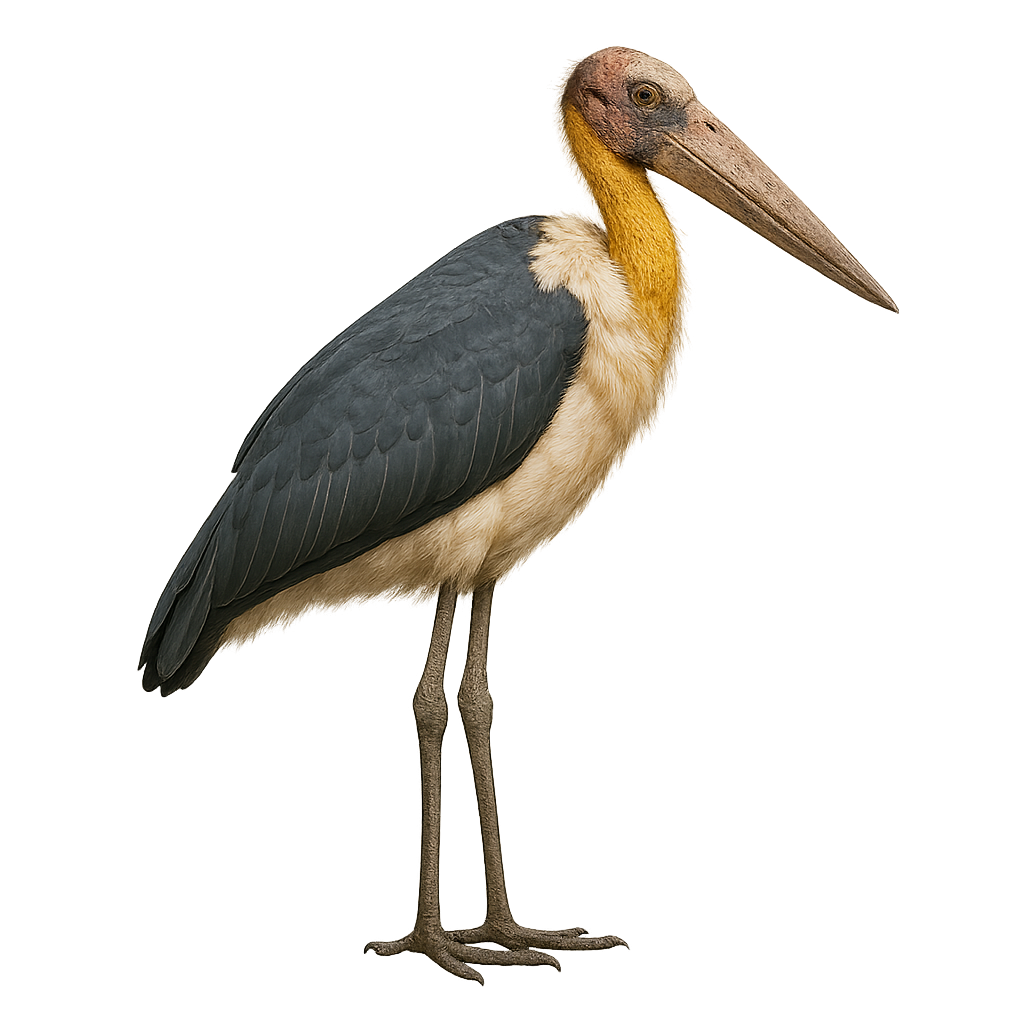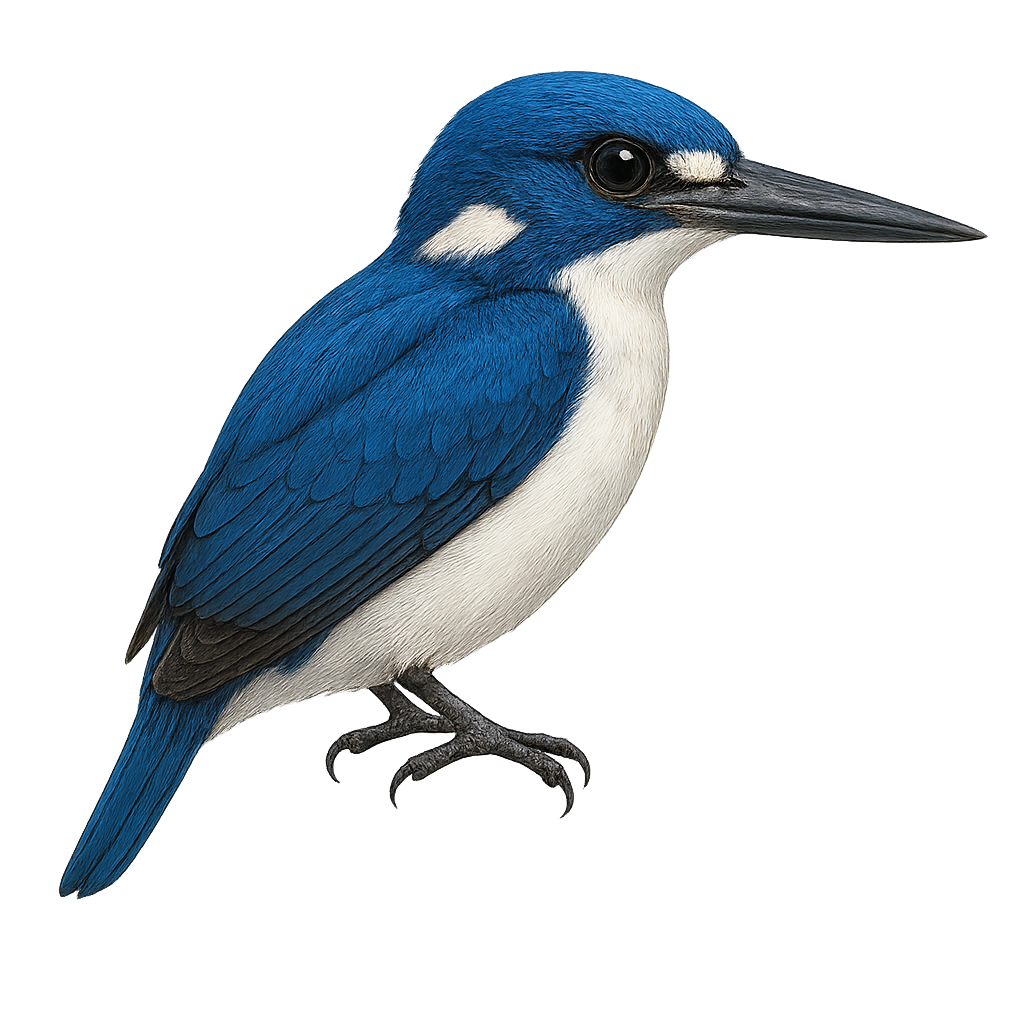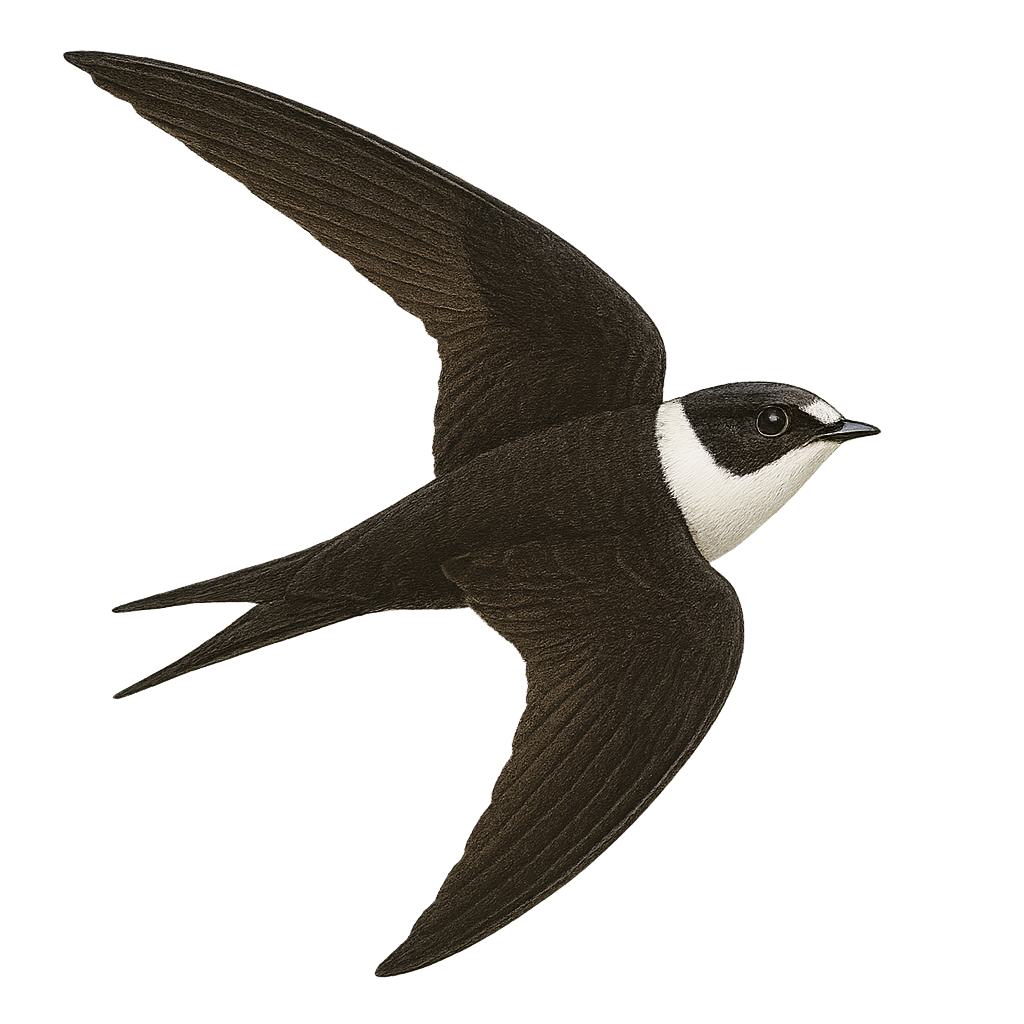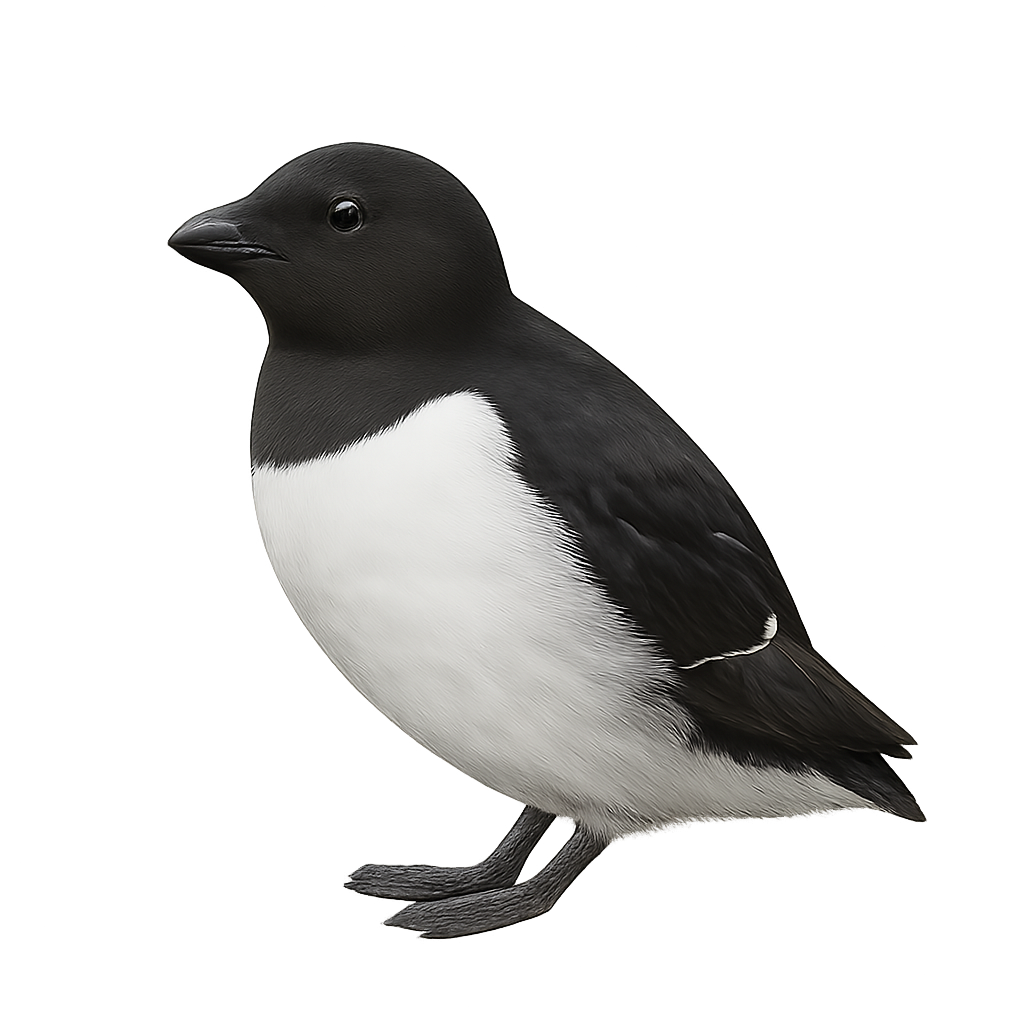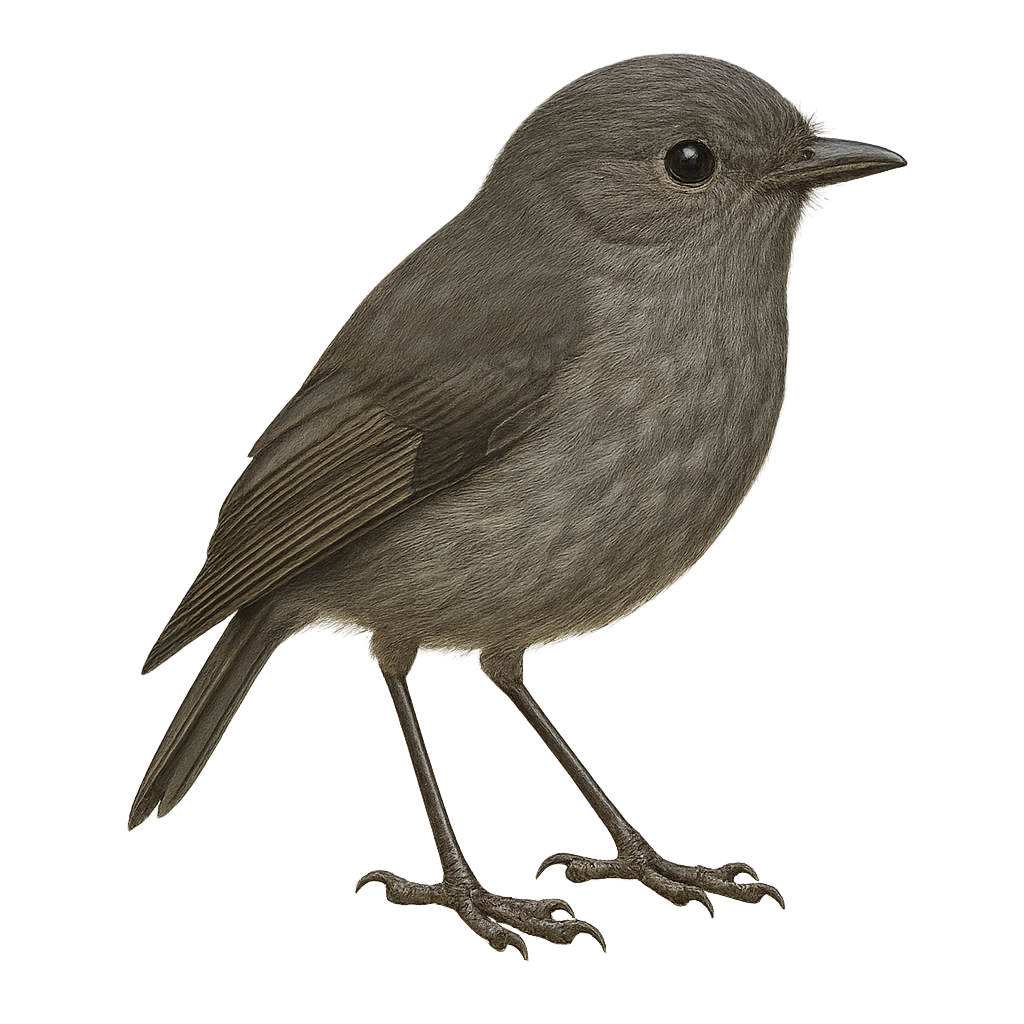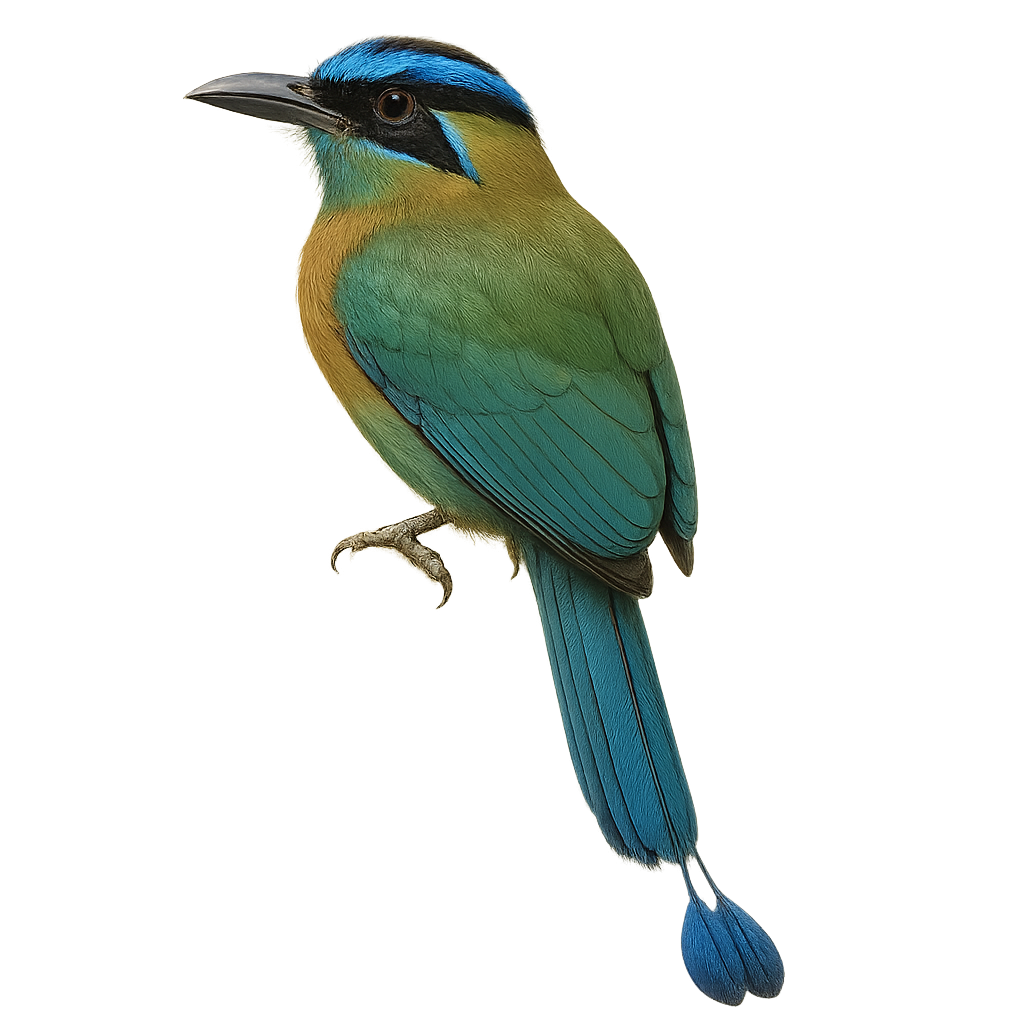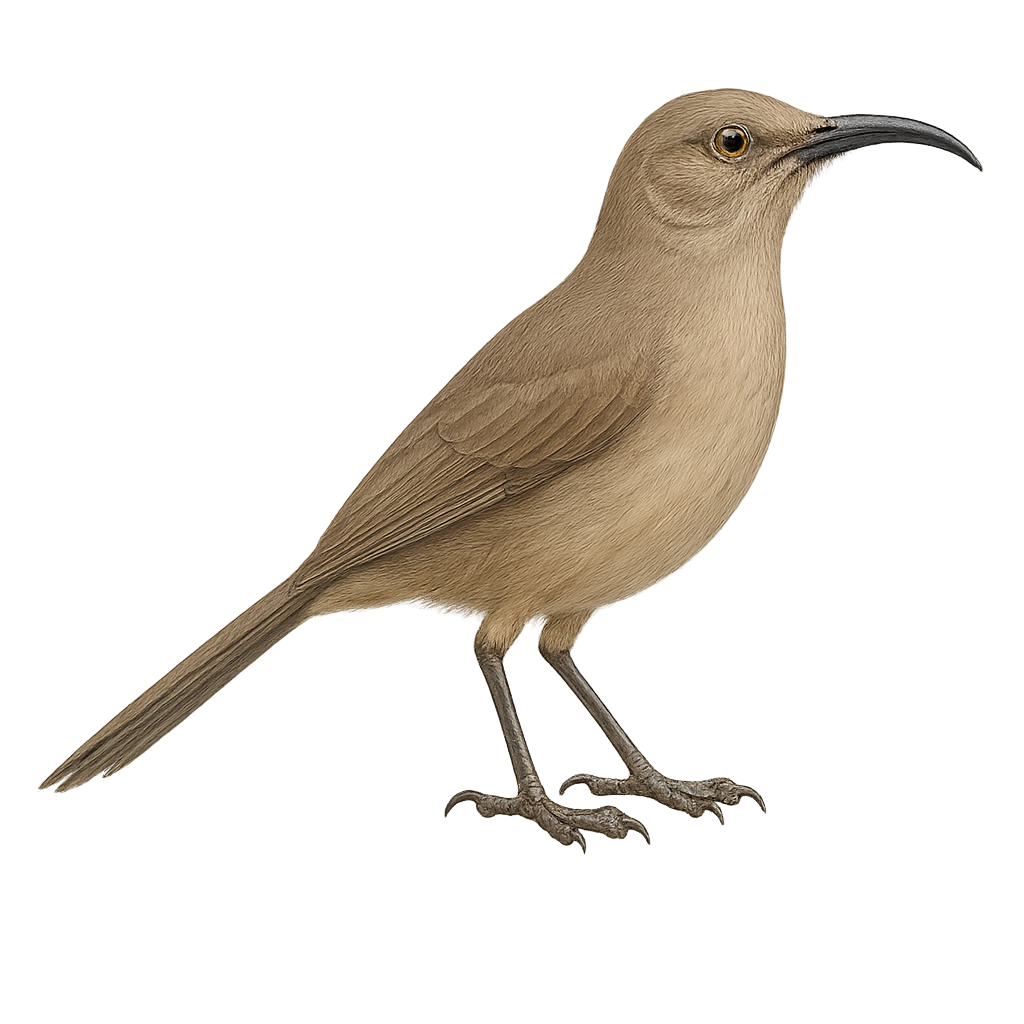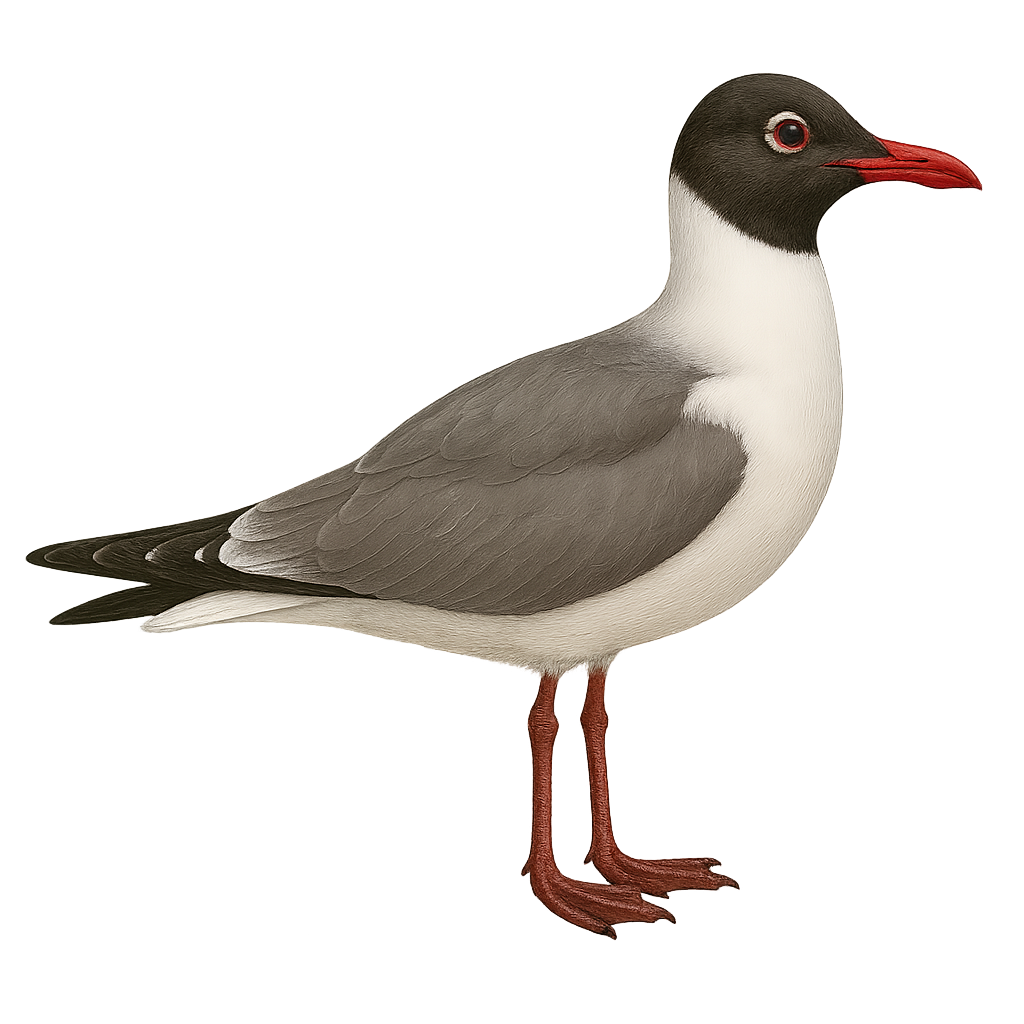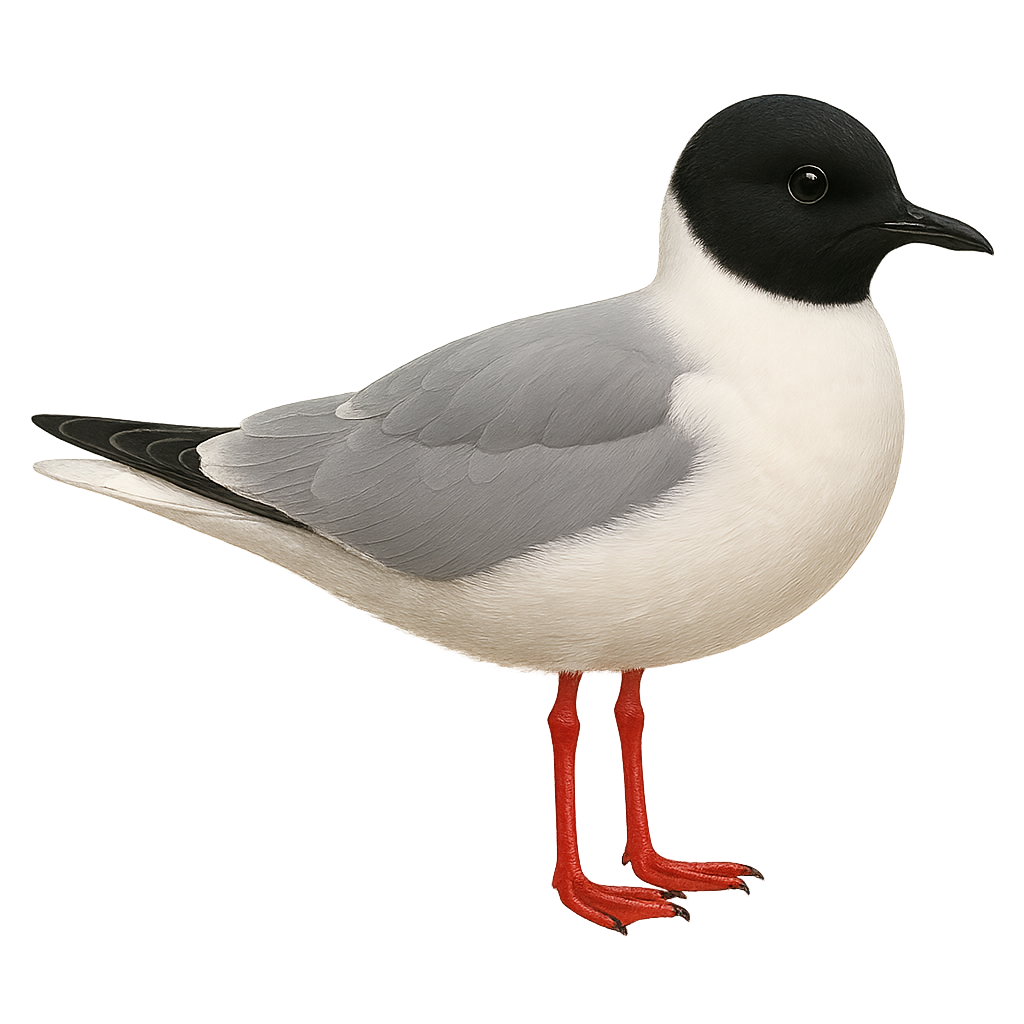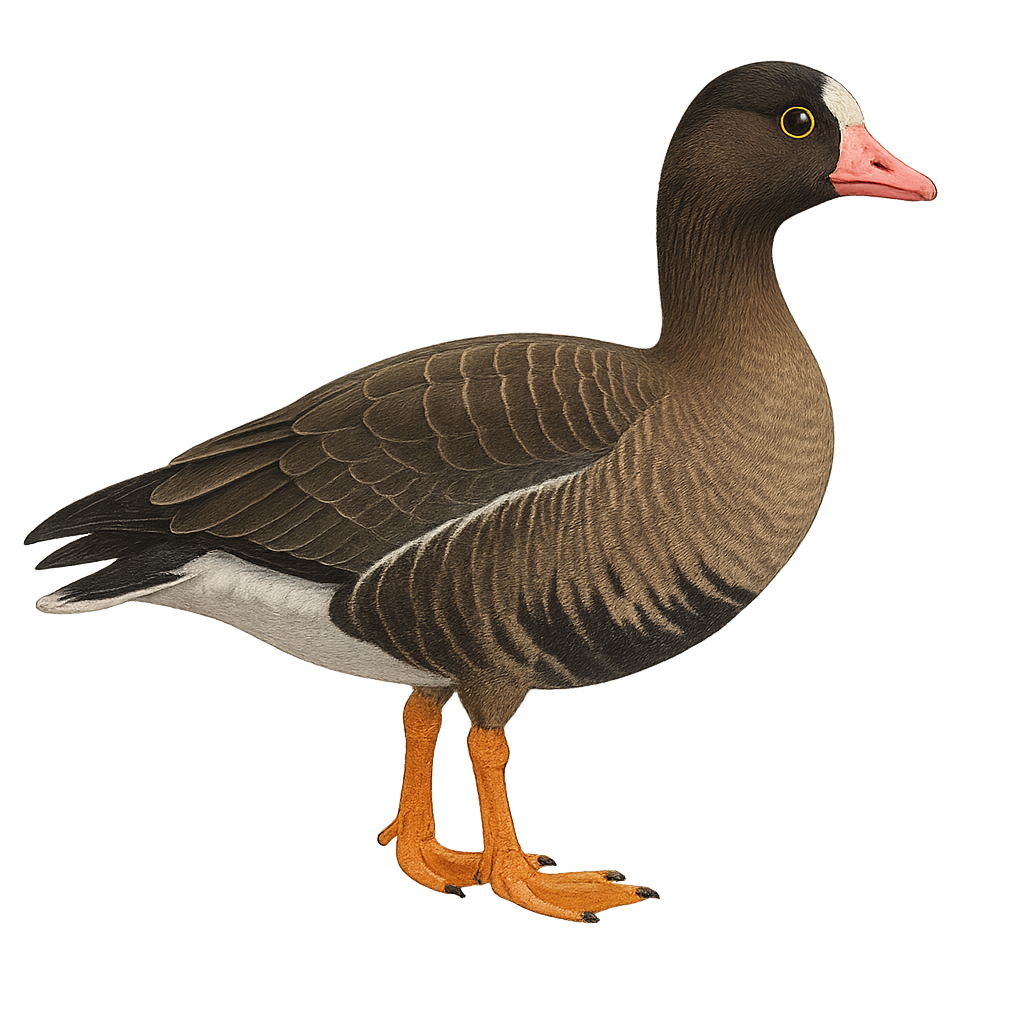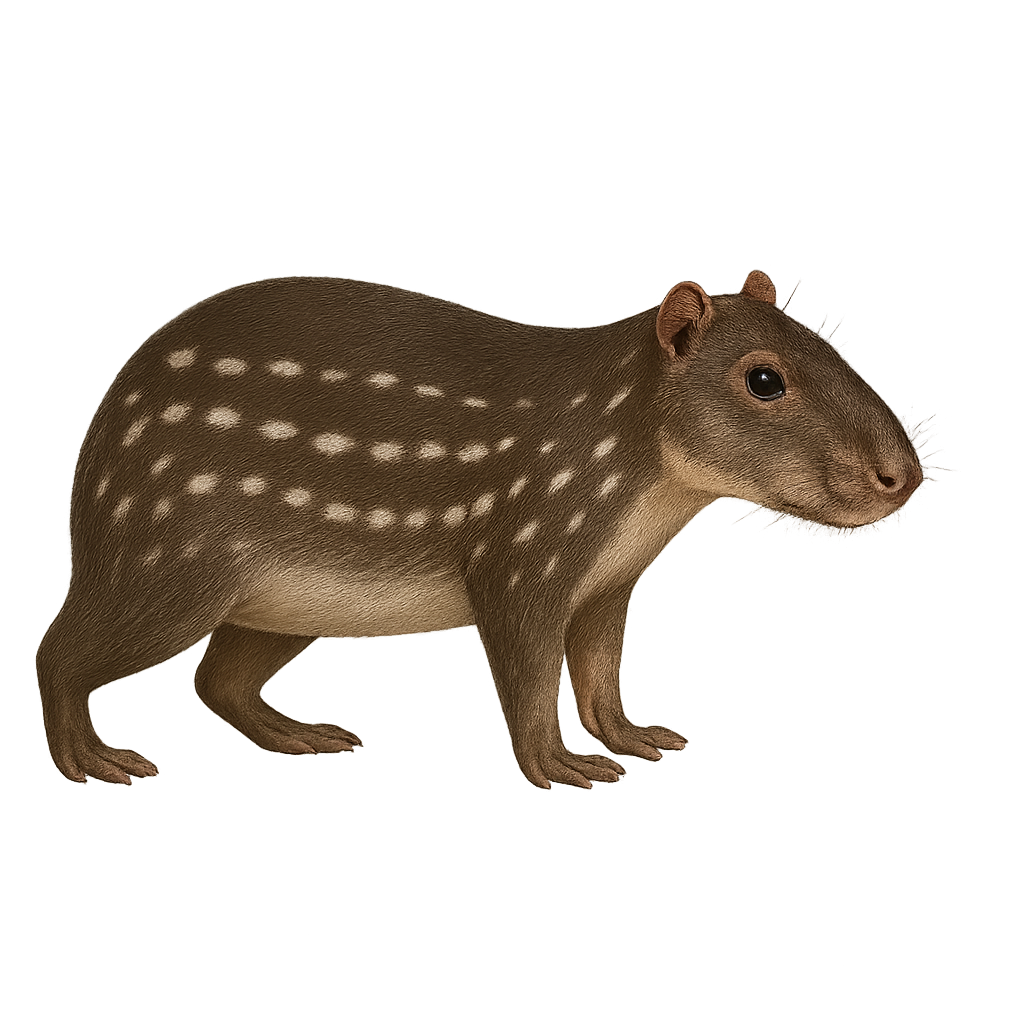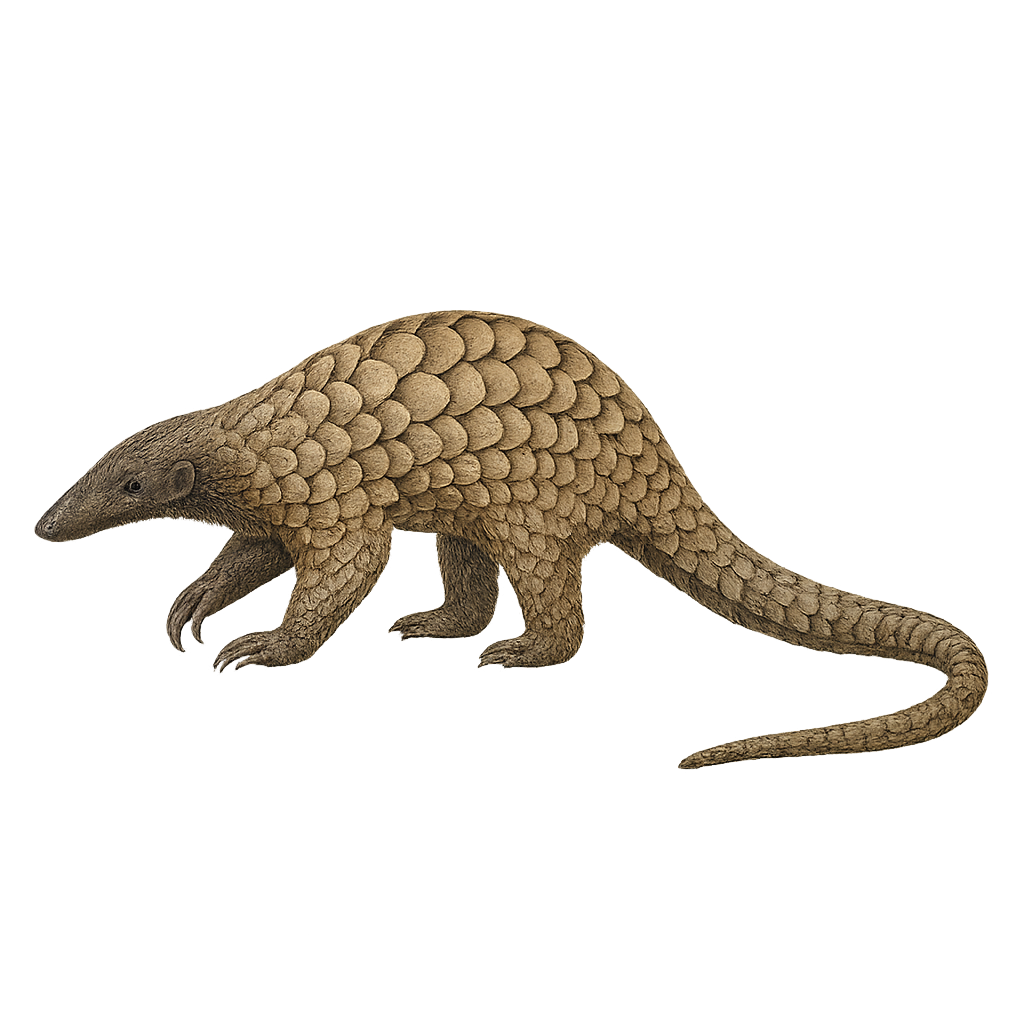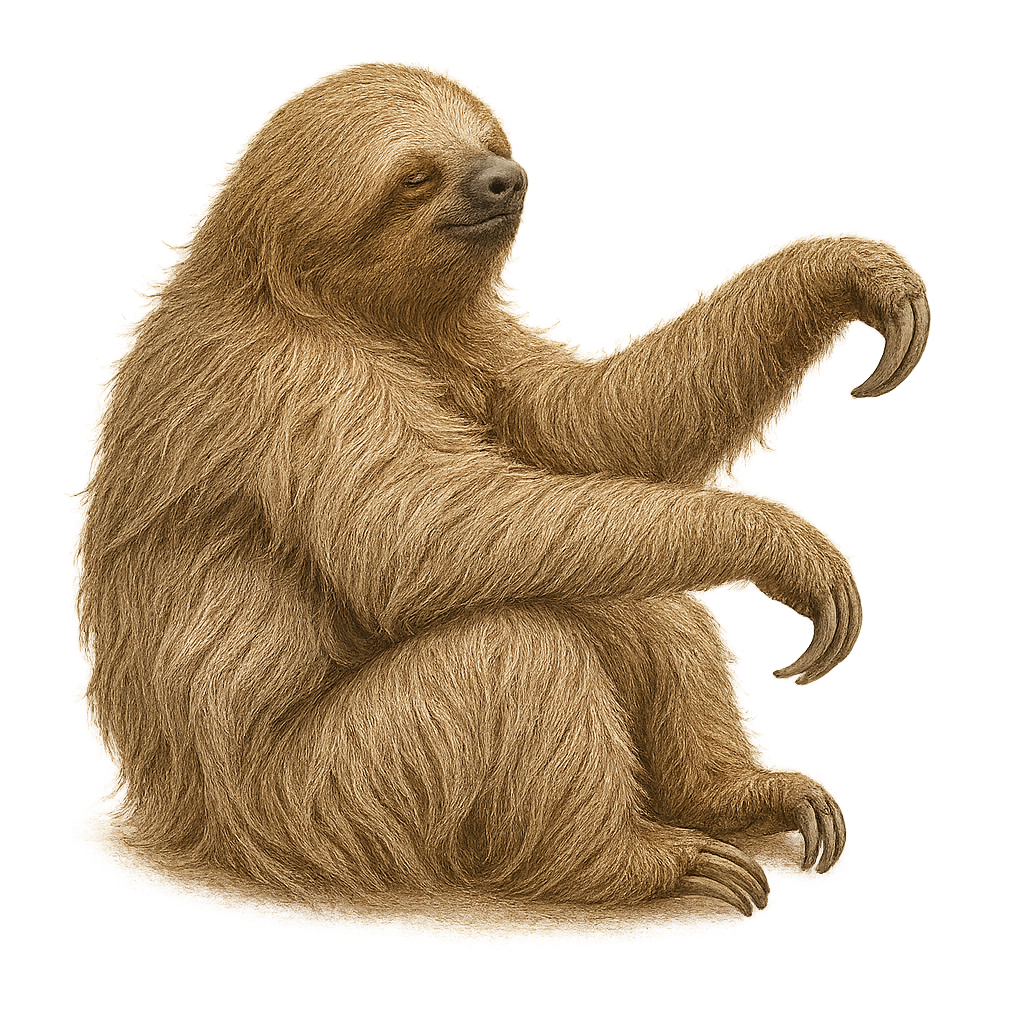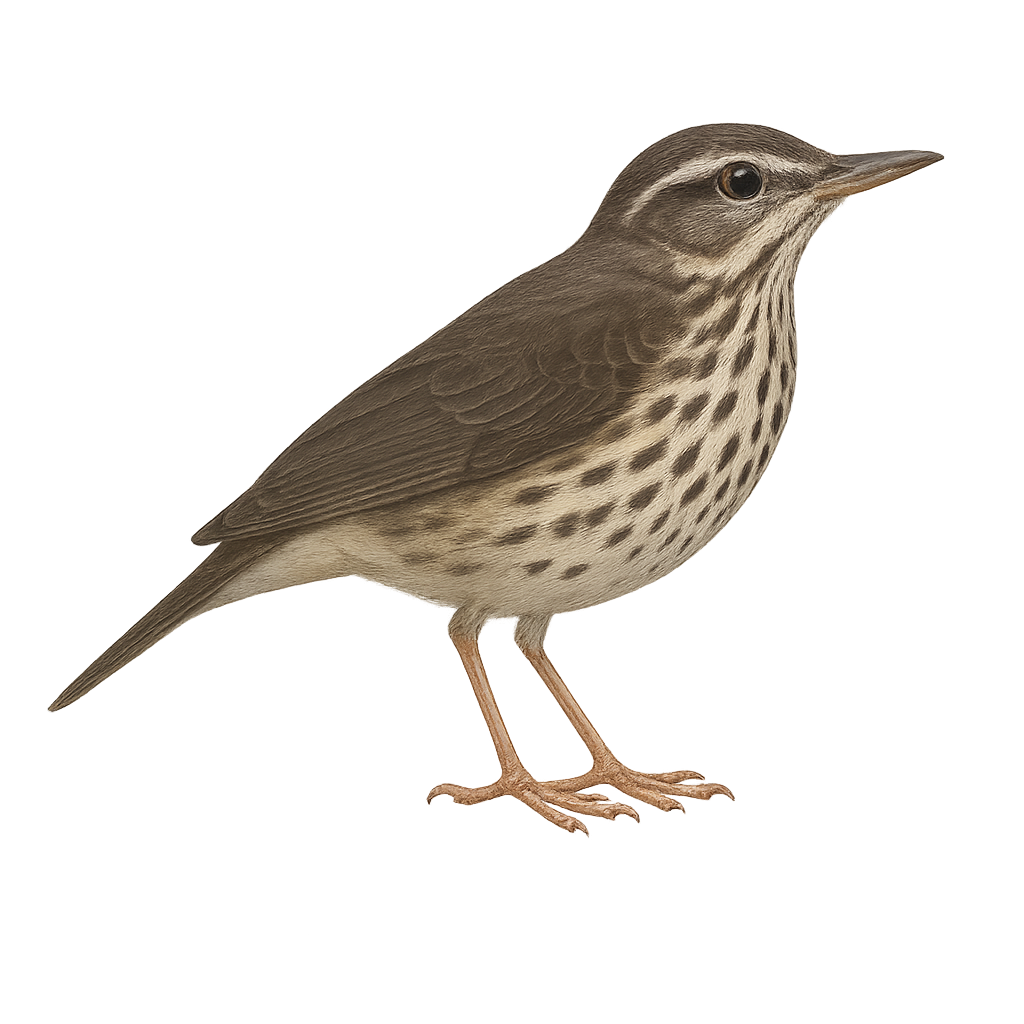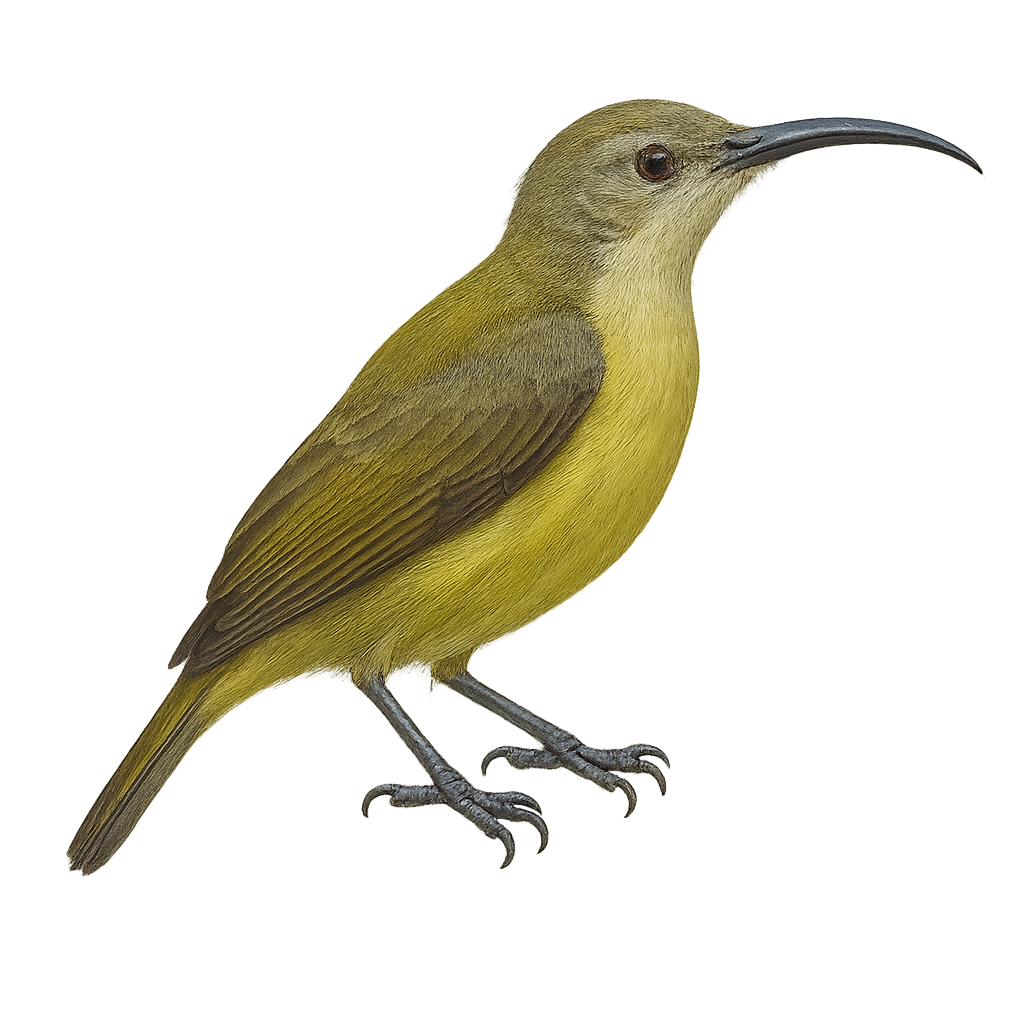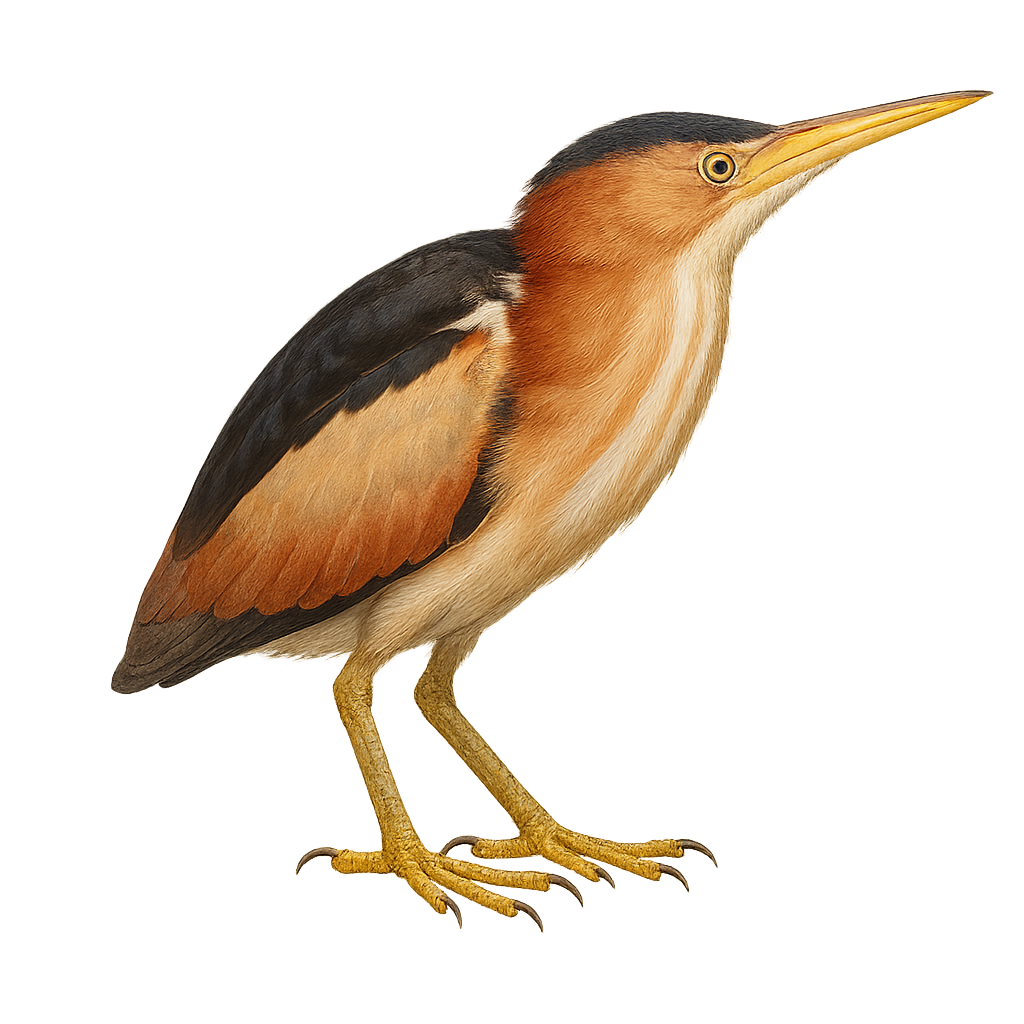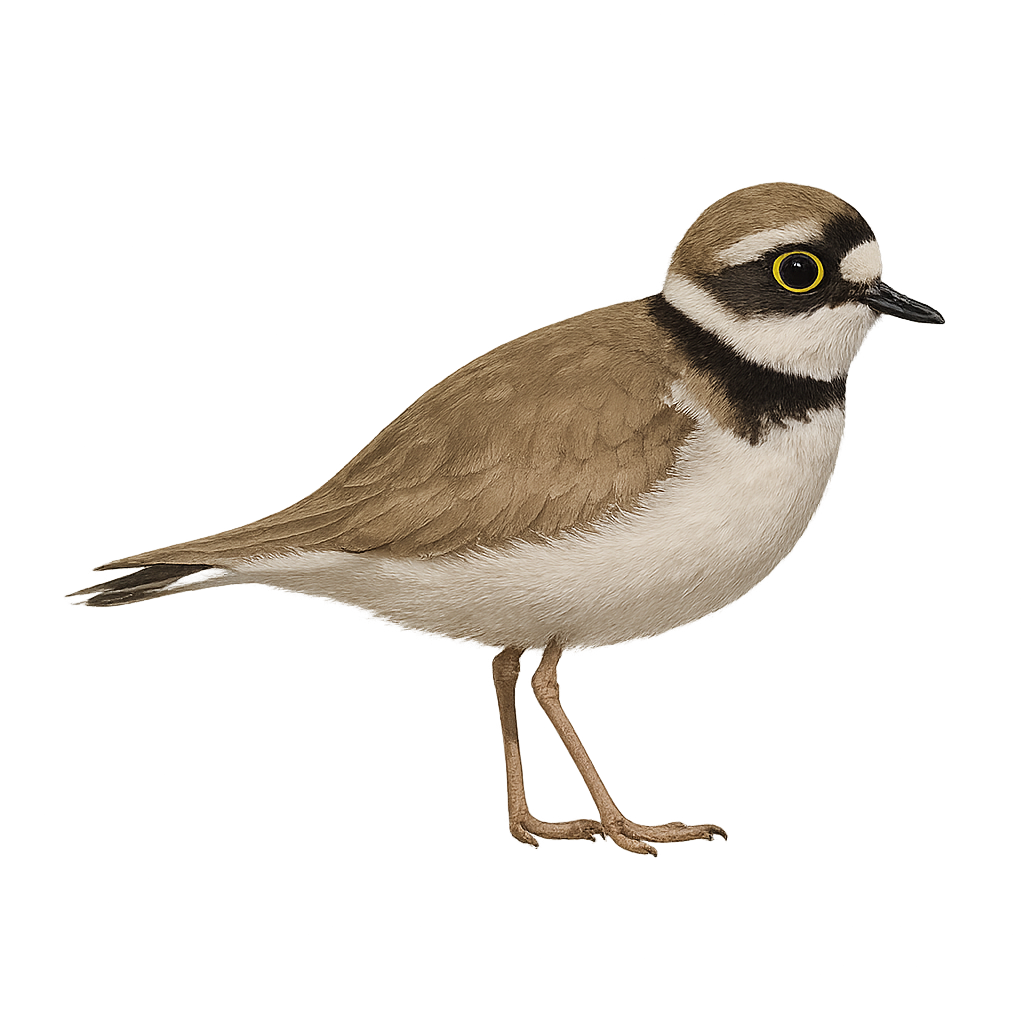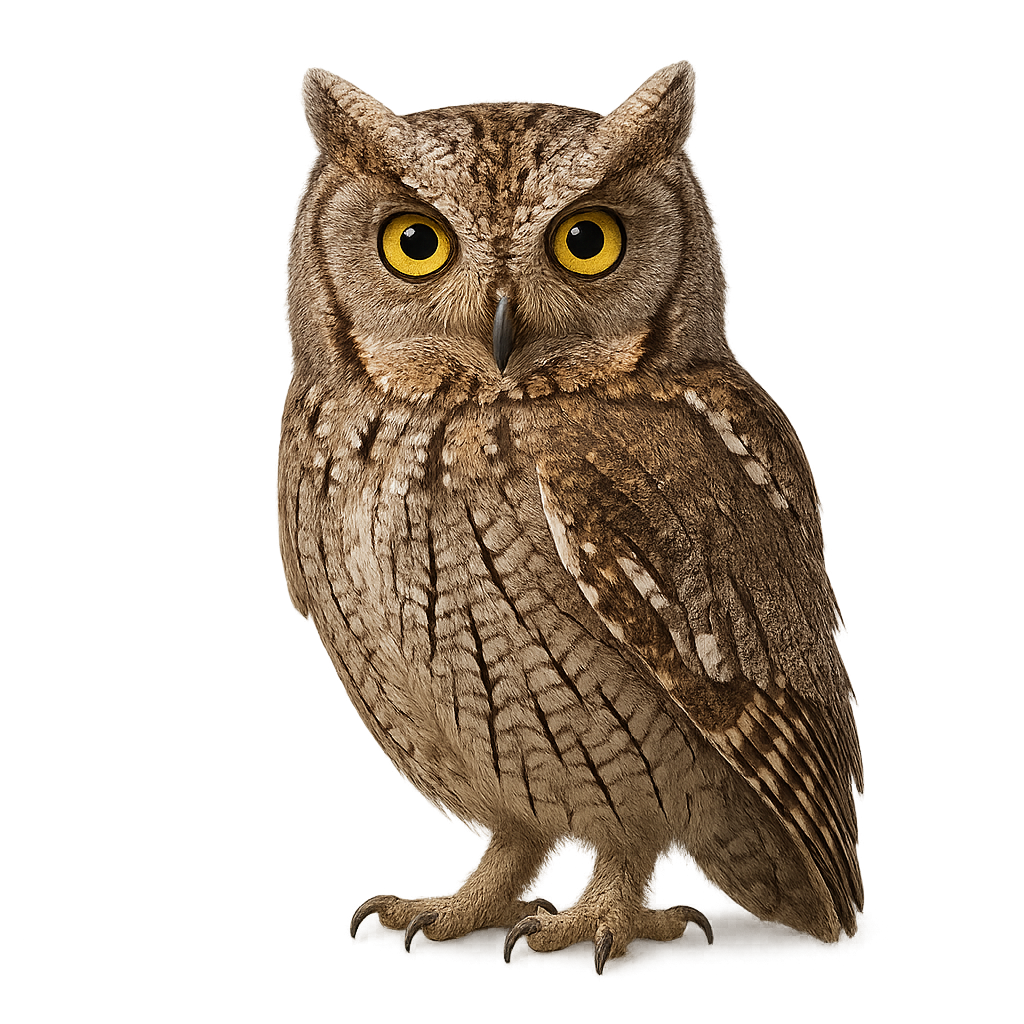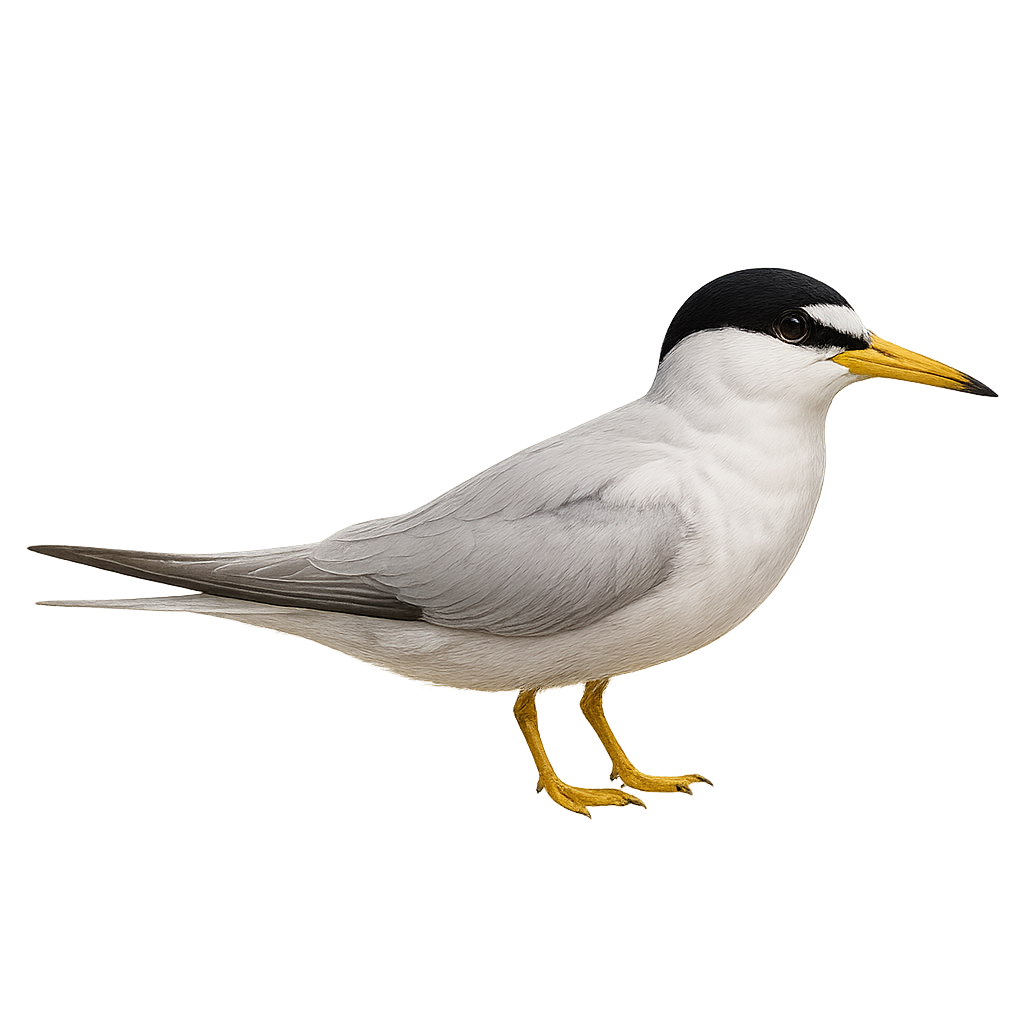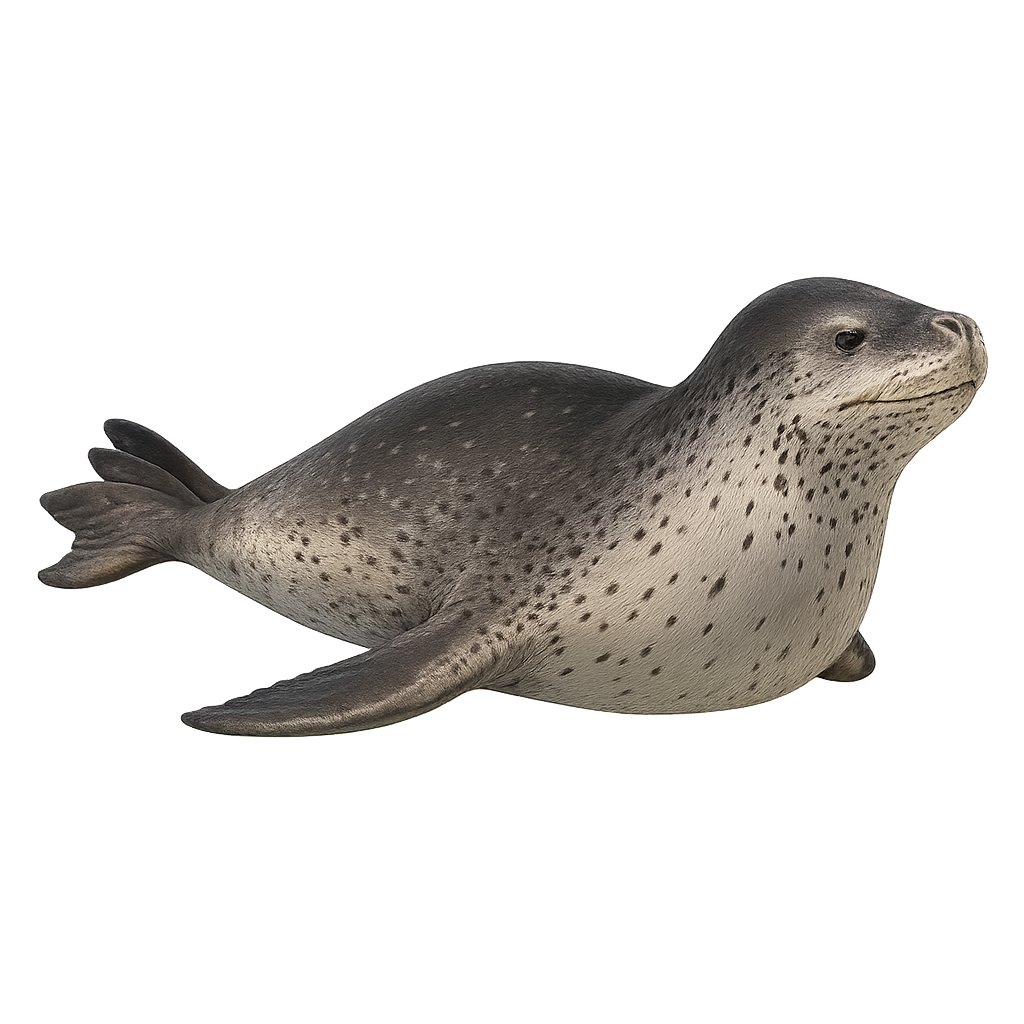The Long-tailed Jaeger is an elegant and agile seabird, known for its distinctive long tail and slender wings. It is the smallest of the jaegers, measuring about 50 cm in length with a wingspan of 100 to 110 cm. Its plumage varies with the season, turning from dark brown in winter to lighter gray in summer, with white shades on the belly. This jaeger is a remarkable migrator, traveling long distances between its breeding grounds in the Arctic and its wintering areas in the southern hemisphere. It primarily feeds on fish and marine invertebrates but does not hesitate to harass other birds to steal their food.
The Semnopithèque is a type of monkey primarily found in the forests of South and Southeast Asia. There are several species of langurs, all characterized by dense and typically colorful fur, ranging from black to gray, sometimes with golden or white tints depending on the species. These primates typically measure between 40 and 70 cm in length, with a long, prehensile tail that can exceed the length of their body. They weigh between 10 and 20 kg, with males generally being larger than females. Semnopithèques are herbivores, primarily feeding on leaves, fruits, seeds, and flowers, and they often live in organized social groups. They are known for their ability to move quickly through trees thanks to their long and agile limbs. While some langurs are threatened by deforestation and habitat loss, many species are still relatively widespread within their range. Semnopithèques play a crucial role in the ecosystem by helping to disperse seeds and maintaining the balance of forest vegetation.
The Leopard is a powerful and agile big cat, easily recognizable by its spotted coat, formed by black rosettes on a golden or yellow background. It typically measures between 1.2 and 1.9 meters in length, with a tail of 60 to 100 cm, and weighs between 30 and 90 kg, with males generally being larger than females. The Leopard is a solitary, nocturnal hunter, known for its ability to climb trees, often to hide its prey and avoid other carnivores. It is an opportunist, feeding on various types of prey, ranging from small mammals to medium-sized ungulates, and sometimes even reptiles and birds. This big cat is found across much of sub-Saharan Africa and in certain regions of Asia, including India, China, and parts of the Middle East. While the Leopard is a relatively widespread species, it is threatened by habitat loss, illegal hunting, and the depletion of its natural prey. It remains one of the most formidable and adaptable predators in the savanna, forests, and mountains.
The Lion is one of the largest land predators, often called the "king of the animals." It measures between 1.2 and 2.5 meters in length, with a tail of about 80 to 100 cm, and weighs between 120 and 250 kg, with males generally being larger and more massive than females. Male lions are easily recognizable by their majestic mane, which varies in color from light blonde to dark brown. Their coat is generally golden to light brown, with lighter patches on the belly and under the legs. Lions primarily live in Africa, with a small population in Asia (particularly in Gir National Park, India). They prefer open savannas, grasslands, and light forests. The lion is a social predator that typically hunts in groups, with females doing most of the hunting. Their diet consists mainly of large herbivores such as zebras, gazelles, and buffaloes. While the lion is an iconic species, it is threatened by habitat loss, human conflicts, and the depletion of its natural prey.
The Lanceolated Warbler is a small, elusive bird belonging to the Locustellidae family. It is characterized by its brownish plumage, finely streaked with black, which allows it to blend into its natural habitat. This bird prefers wetlands, meadows, and marshes, where it primarily feeds on insects and small invertebrates. Its song is a rapid, monotonous trill, often heard at dusk. The Lanceolated Warbler is migratory, spending its summers in Eurasia and winters in Southeast Asia. Although its conservation status is currently "least concern," it is threatened by habitat destruction due to intensive agriculture and wetland drainage.
The Little Blue Penguin, also known as the Fairy Penguin, is the smallest of the penguin species, measuring about 30 to 40 cm in height and weighing between 1 and 1.5 kg. It has a distinctive blue-gray plumage on its back and wings, with a white belly. Its beak is short and dark, and its feet are pink or gray. The Little Blue Penguin primarily lives along the coasts of New Zealand and Australia, inhabiting colonies on beaches, islands, and cliffs. Unlike other penguins, the Little Blue Penguin is capable of swimming at impressive speeds, allowing it to hunt fish, crustaceans, and squid underwater. Although it is an excellent swimmer, it also spends time on land, where it digs burrows or hides in shrubs to protect itself from predators. While its population remains relatively stable, it faces threats such as climate change, predation by introduced animals, and habitat disruption.
The lesser adjutant (Leptoptilos javanicus) is a large stork standing 110–120 cm tall with a 210 cm wingspan, exhibiting black upperparts and wings contrasted by a white belly and tail-underparts, and a bare pale gray head and neck. It inhabits coastal and inland wetlands of Southeast Asia, including mangroves, estuaries, flooded rice fields, and riparian forests. Feeding on amphibians, large invertebrates, and carrion, it forages by wading and probing with its long bill. Colonial breeder, it performs bill-clattering and neck-arching displays during nesting (February 1–May 31). Pairs lay 2–4 eggs, incubated 28–30 days, with chicks hatching March 1–June 30.
The Little Kingfisher, or Ceyx pusillus, is a small, colorful bird found in the tropical forests of Southeast Asia. Known for its vibrant plumage, it features shades of blue, orange, and white. Measuring about 12 cm in length, it is one of the smallest kingfishers. This tiny bird primarily feeds on insects and small fish, which it catches by swiftly diving into the water. It prefers habitats near streams, where it can easily find food. Despite its size, it is an agile and precise hunter. The Little Kingfisher is often difficult to spot due to its discreet nature and dense habitat.
The Lesser Swallow-tailed Swift, or Panyptila cayennensis, is a fascinating bird primarily inhabiting the tropical regions of Central and South America. This small bird, about 14 cm long, is easily recognizable by its forked tail and black and white plumage. It is often observed in fast and graceful flight, capturing insects in mid-air. Its natural habitat includes tropical forests, forest edges, and sometimes urban areas. Although it is often on the move, it nests in tree cavities or artificial structures. The Lesser Swallow-tailed Swift is a social bird, often seen in groups, and its ability to fly at high speeds allows it to easily escape predators.
The Little Auk is the smallest of the Atlantic alcids, measuring about 19 to 21 cm in length with a wingspan of 34 to 38 cm. Its plumage is black on the back and head, with a white face and belly. It has a short, stout bill adapted for catching small marine prey. A gregarious species, it forms massive breeding colonies on Arctic rocky coasts, nesting in crevices or under boulders. Outside the breeding season, it lives in the open sea, often near pack ice. It feeds mainly on copepods, krill, and small fish, which it captures by diving. Although currently listed as Least Concern, climate change and ocean pollution pose potential threats to its habitats.
The long-tailed tit is a small passerine bird distinguished by its very long tail, nearly as long as its body. It is primarily found in mixed forests, hedgerows, and wooded parks across Europe and Asia. This small bird is often seen in groups, moving quickly from tree to tree in search of insects and spiders, which it catches with agility. Its tail helps it maintain perfect balance when perched and allows it to navigate through branches to forage.
The Petroica longipes, commonly known as the Long-legged Flyrobin, is a small bird from the Petroicidae family. It is endemic to New Zealand, primarily inhabiting dense forests and wooded areas. This passerine is distinguished by its black and white plumage, with a striking white breast and relatively long legs that give it an elegant appearance. The Long-legged Flyrobin is an insectivore, feeding mainly on small insects and spiders caught on the ground or low branches. It is known for its melodious song and elaborate courtship displays. Although its habitat is limited, it is not currently considered threatened.
The Lesson's Motmot is a colorful and fascinating bird native to the humid tropical forests of Central America. It is distinguished by its vibrant plumage, which combines shades of blue, green, and orange, and its long, racket-shaped tail. This bird measures about 38 to 48 cm in length and weighs between 100 and 160 grams. It is often seen perched quietly on a branch, scanning its surroundings for insects and small reptiles, which make up the bulk of its diet. The Lesson's Motmot is also known for its melodious and repetitive song that echoes through the canopy.
The LeConte's Thrasher is a discreet and little-known bird, endemic to the arid regions of the southwestern United States and northwestern Mexico. It is distinguished by its gray-brown plumage, long curved bill, and elongated tail. Adapted to desert environments, it primarily feeds on insects and small invertebrates that it finds in the sandy soil. Its melodious and varied song is often heard at dawn. The LeConte's Thrasher is monogamous and builds its nest in thorny bushes to protect itself from predators. Although its habitat is threatened by human expansion, it is still relatively common in some remote areas.
The Least Flycatcher is a small passerine bird belonging to the Tyrannidae family, known for its distinctive "chebec" call. It inhabits deciduous forests and wooded areas across North America. With its olive-gray plumage, white belly, and two white wing bars, it is easily recognizable. This migratory bird primarily feeds on insects, which it catches in flight. Often seen perched, it watches for prey with keen eyes. Despite its small size, the Least Flycatcher plays a crucial role in forest ecosystems by helping control insect populations.
The Laughing Gull, Leucophaeus atricilla, is a medium-sized bird known for its distinctive plumage and characteristic call. During the breeding season, it sports a black head, gray back, and wings with black tips. The rest of its body is white, and its bright red bill contrasts with its plumage. Outside the breeding season, its head turns white with gray spots. It primarily inhabits coasts and islands, feeding on fish, crustaceans, and waste. Sociable by nature, it often gathers in large colonies. Its adaptability to urban environments makes it a common sight along the Atlantic coasts and the Gulf of Mexico.
The Little Gull, Hydrocoloeus minutus, is the smallest gull species, measuring about 25 to 30 cm in length with a wingspan of 60 to 78 cm. It is characterized by its delicate plumage, with a pearl-gray back and white wings tipped with black. During the breeding season, its head turns black, contrasting with its white body. It inhabits wetlands, lakes, and estuaries, feeding mainly on small fish and aquatic insects. A migratory bird, it breeds in northern regions and winters further south. Its flight is light and graceful, often compared to that of a swallow. Though discreet, it is appreciated by birdwatchers for its elegance and social behavior.
The Leach's Storm Petrel is a small seabird from the Hydrobatidae family, known for its graceful flight and long migrations. It measures about 18 to 21 cm in length with a wingspan of 43 to 48 cm. Its plumage is mostly dark brown with a distinctive white patch at the base of the tail. This bird spends most of its life at sea, only returning to land to breed. It nests in burrows or crevices on isolated islands. The Leach's Storm Petrel primarily feeds on plankton and small fish, which it captures at the water's surface. It is often seen "walking" on water thanks to its webbed feet.
The Lesser White-fronted Goose, Anser erythropus, is a small waterbird species belonging to the Anatidae family. It is characterized by its brownish-grey plumage, a distinctive white band on the forehead, and a yellow eye-ring. Adults measure about 53 to 66 cm in length with a wingspan of 120 to 135 cm. They breed in the Arctic and subarctic regions of Europe and Asia, migrating south for the winter. Their preferred habitats include marshes, lakes, and wet meadows. Unfortunately, this species is declining due to habitat loss and hunting, leading to its classification as vulnerable by the IUCN.
The lowland paca, or Cuniculus paca, is a medium-sized rodent native to the tropical forests of Central and South America. It is easily identifiable by its brown fur with distinct white spots on its sides. Pacas are nocturnal animals that spend the day in burrows dug near water bodies. They are herbivores, primarily feeding on fruits, seeds, and leaves. Their behavior is generally suspicious, making them difficult to observe in the wild. Pacas play a crucial role in seed dispersal, aiding forest regeneration. Their population is stable, although they are sometimes hunted for their meat.
The long-tailed pangolin, or Manis tetradactyla, is an insectivorous mammal native to the tropical forests of Central and West Africa. It is easily recognizable by its keratinized scales covering its body, providing protection against predators. This pangolin is particularly adapted to arboreal life thanks to its long prehensile tail, which allows it to move easily through trees. It primarily feeds on ants and termites, which it captures with its long, sticky tongue. Unfortunately, this species is threatened by deforestation and poaching, as its scales are prized in traditional medicine.
The Choloepus didactylus, commonly known as the Linnaeus's two-toed sloth, is an arboreal mammal native to the tropical forests of South America. It is primarily nocturnal and spends most of its time hanging from tree branches using its strong claws. Its diet mainly consists of leaves, fruits, and flowers. This sloth is known for its slow metabolism and ability to remain motionless for extended periods. Its dense, waterproof fur protects it from the elements and helps it blend into the canopy. Although often solitary, it can sometimes be seen in small family groups.
The Louisiana Waterthrush, or Parkesia motacilla, is a small songbird in the Parulidae family. It is characterized by its olive-brown upperparts and white underparts streaked with black. Its tail is often seen bobbing up and down, giving it its name. This bird inhabits moist forests and streams, feeding mainly on aquatic insects. It is migratory, spending winters in Central America and summers in North America. Known for its melodious and complex song, it is often heard near streams. Although its habitat is threatened by deforestation, it remains relatively common within its range.
The Lazuli Bunting, or Passerina amoena, is a small songbird native to North America, known for its vibrant plumage and melodious songs. The male displays bright colors with azure blue on the head and back, contrasting with a white belly and orange chest. The female, more subdued, has brown and gray tones. These birds inhabit open areas, forest edges, and thickets, feeding mainly on seeds and insects. Their breeding season spans from spring to summer, during which they build cup-shaped nests in shrubs. Lazuli Buntings are migratory, wintering in the southern United States and Mexico.
The Little Spiderhunter is a small bird from the Nectariniidae family, predominantly found in Southeast Asia. It is characterized by its long, curved bill, perfect for extracting nectar from flowers. Its plumage is typically olive on the upper parts and paler underneath, allowing it to blend seamlessly into its natural habitat. It primarily inhabits tropical rainforests, forest edges, and occasionally gardens. This bird is often seen flitting from flower to flower, playing a crucial role in pollination. Although generally solitary, it can sometimes be observed in small groups. Its adaptability to various habitats provides resilience against environmental changes.
The Least Bittern, Botaurus exilis, is a small, elusive bird often hidden in dense marshes and reed beds. It is the smallest heron, measuring about 30 to 38 cm in length. Its plumage is mainly brown with lighter streaks, allowing it to blend seamlessly into its surroundings. Known for its vertical posture, it mimics reeds to camouflage itself. Its diet consists mainly of small fish, aquatic insects, and crustaceans. The Least Bittern is a migratory bird, spending winters in warmer regions of Central and South America. Its population is stable, but it remains vulnerable to habitat destruction.
The Little Ringed Plover is a small migratory bird primarily found in wetlands, sandy beaches, and riverbanks in Europe, Asia, and North Africa. It measures about 18 cm in length and weighs between 30 and 50 g. Its plumage is gray-brown on the back, with white underparts and a distinctive black ring around the neck and eyes. The Little Ringed Plover primarily feeds on small invertebrates, mollusks, and insects found by foraging in sand and along water edges. This bird is an excellent runner and flies very quickly. While its population remains relatively stable, the Little Ringed Plover is threatened by habitat loss, pollution, and human disturbances during its breeding season.
The Scops Owl is a small owl native to Europe, Asia, and North Africa. It measures about 22 cm in length and weighs between 100 and 150 g. Its plumage is primarily gray-brown, with patterns of spots and streaks that help it blend into foliage and tree trunks. It has tufts of feathers on its head, giving it a distinctive appearance. The Scops Owl is a nocturnal bird, primarily feeding on small mammals, insects, and occasionally small birds that it hunts at night. It is often seen perched on tree branches or utility poles. While this species is not in immediate danger, it is sometimes affected by habitat loss and human disturbances.
The Least Tern, Sternula antillarum, is a small seabird belonging to the Laridae family. It is recognizable by its small size, white and gray plumage, and bright yellow bill. During the breeding season, it sports a black cap contrasting with its white forehead. It frequents sandy beaches, estuaries, and coastal lagoons where it nests in colonies. The Least Tern is a migratory bird, spending winters in South America and returning to North America to breed. It primarily feeds on small fish, which it catches by skillfully diving. Although its population is stable, it is vulnerable to habitat loss and human disturbances.
The leopard seal is a large marine mammal in the family Phocidae, reaching up to 3.5 m in length and 600 kg in weight. It inhabits Antarctic pack ice and coastal waters, feeding mainly on fish, penguins and juvenile seals. During the breeding season, females give birth to a single pup on the ice, while males produce underwater vocalizations to attract mates and defend territory.


